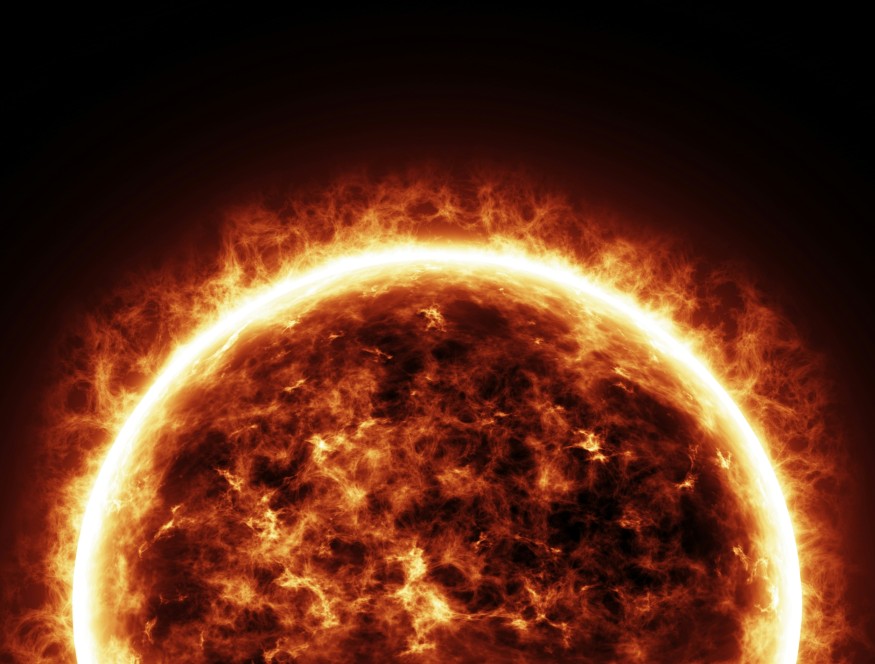Solar flares and coronal mass ejections (CMEs) are powerful eruptions from the Sun that shape what scientists call space weather. These events release bursts of electromagnetic radiation, charged particles, and massive plasma clouds that travel through space and sometimes collide with Earth's magnetic environment. Understanding how these solar events behave is essential because they can affect both natural systems and modern technology.
When solar activity intensifies, the effects can ripple across our magnetosphere and atmosphere, influencing aviation, telecommunications, satellites, and even electrical grids. That's why researchers continually monitor space weather to predict potential risks. Keywords naturally included: solar flare effects, CME impacts, space weather.
10 Ways Solar Flares and CMEs Can Affect Life on Earth
Solar flares and coronal mass ejections (CMEs) are powerful eruptions from the Sun that shape the space weather around our planet. When these bursts of energy and charged particles reach Earth, they can influence everything from communication systems to power grids. Here are 10 major ways solar flares and CMEs can impact daily life and modern technology.
1. Disrupting Radio Communication
Solar flares can disturb the ionosphere, the atmospheric layer that reflects radio waves. This causes blackouts in shortwave and high-frequency radio bands used by ships, aircraft, and emergency responders.
2. Interfering with GPS Accuracy
When charged particles flood the ionosphere, GPS signals can become distorted. This affects navigation systems used in aviation, maritime operations, agriculture, and location-based apps.
3. Damaging Satellites
Solar storms expose satellites to intense radiation, which can degrade electronics, disrupt onboard systems, and shorten satellite lifespan. CMEs pose a strong risk because their energetic particles can cause deep charging within spacecraft components.
4. Triggering Power Grid Failures
One of the most serious CME impacts occurs when geomagnetic storms induce electric currents in power lines. These currents can overload transformers and cause blackouts, like the 1989 Quebec outage.
5. Increasing Radiation Exposure on Flights
High-altitude flights, especially near the poles, pass through regions where solar radiation is stronger during solar storms. Airlines may need to reroute flights to reduce exposure for both passengers and crew.
6. Endangering Astronauts and Space Missions
Solar storms pose radiation risks to astronauts on the International Space Station and future deep-space missions. Increased radiation can harm biological tissue and disrupt spacecraft electronics.
7. Affecting Earth's Upper Atmosphere
CMEs can heat the upper atmosphere, causing it to expand. This increases atmospheric drag on satellites, affecting their orbits and requiring more frequent adjustments.
8. Interrupting Internet and Communication Cables
While fiber-optic cables themselves aren't affected by radiation, the electronic repeaters that power them can be disrupted by geomagnetic storms, potentially affecting global communication networks.
9. Influencing Climate Patterns (Long-Term Hypothesis)
Some studies suggest prolonged solar activity cycles may influence Earth's upper-atmospheric temperatures and long-term climate patterns. This effect is still being studied, but solar variability remains a topic of environmental research.
10. Creating Beautiful Auroras
Not all effects are harmful. Solar storms create stunning auroras as charged particles interact with gases in Earth's atmosphere. CMEs, in particular, generate the strongest auroral displays visible near polar regions — and occasionally far beyond.
Read more: Nuclear Fusion in Sun: How the Ultimate Sun Power Source Enables Lifelong Energy Generation
CME Impacts on Power Grids, Aviation, and Human Health
CMEs are large expulsions of plasma and magnetic fields from the Sun. When they hit Earth, they generate geomagnetic storms that directly affect our planet's infrastructure. Power grids face the risk of induced currents, which can burn out transformers and cause hours-long or even days-long outages.
In aviation, powerful solar events increase radiation exposure on high-latitude flights and disrupt communication between aircraft and ground stations. Meanwhile, astronauts face elevated radiation levels that can threaten their safety, making solar storm monitoring essential for manned missions.
Large-scale CMEs can also influence Earth's atmosphere by altering upper-atmospheric temperatures and circulation patterns. While these changes do not cause immediate weather disruptions, they are part of broader studies of long-term solar-atmosphere interactions.
Space Weather Monitoring and Prediction: Managing Solar Storm Risks
Monitoring solar activity is central to predicting space weather. Agencies such as NASA, NOAA's Space Weather Prediction Center, and ESA track solar flares and CMEs using satellites like SOHO, SDO, and DSCOVR. These spacecraft provide real-time data on solar winds, magnetic fields, and energetic particles.
Early warning systems give power companies, airlines, and satellite operators the chance to protect their systems. Power grids can reduce load, airlines can adjust routes, and satellite operators can switch spacecraft into safe mode. Improving these forecasting tools remains a top priority as society becomes more dependent on technology, vulnerable to space weather.
Conclusion
Solar flares and CMEs are powerful space-weather events that can influence everything from satellite operations to power grids and aviation. Their effects reach into daily technology use, global communication systems, and even human health in space. As our dependence on digital and electrical infrastructure continues to grow, so does the importance of tracking solar activity and preparing for its potential consequences. Understanding solar flare effects, recognizing major CME impacts, and staying informed about space weather help society remain resilient against nature's most powerful cosmic forces.
Frequently Asked Questions
1. How do solar flares and CMEs affect daily technology use?
They can cause GPS inaccuracy, radio blackouts, satellite glitches, and occasional communication issues.
2. Can solar storms cause blackouts on Earth?
Yes. Strong geomagnetic storms from CMEs can overload electrical infrastructure and trigger large-scale outages.
3. What is being done to predict and protect against space weather?
Space agencies continuously monitor the Sun and issue alerts. Utilities, airlines, and satellite operators follow protocols based on these warnings.
4. Are there long-term effects of solar activity on Earth's environment?
Solar cycles may influence upper-atmospheric temperatures and climate patterns, although research is ongoing.
© 2025 ScienceTimes.com All rights reserved. Do not reproduce without permission. The window to the world of Science Times.











